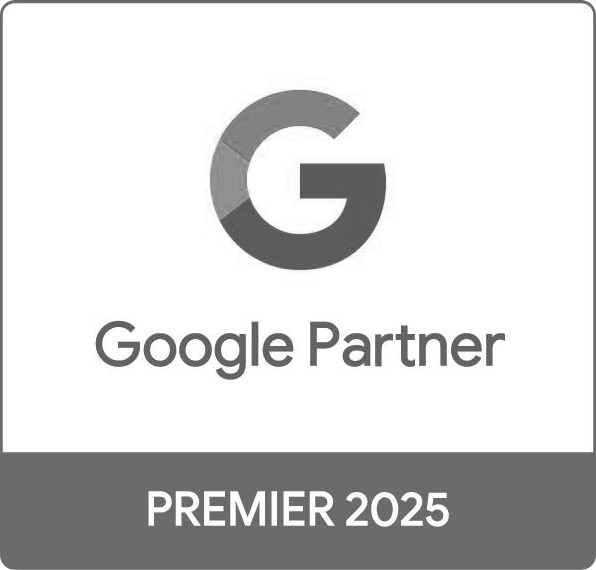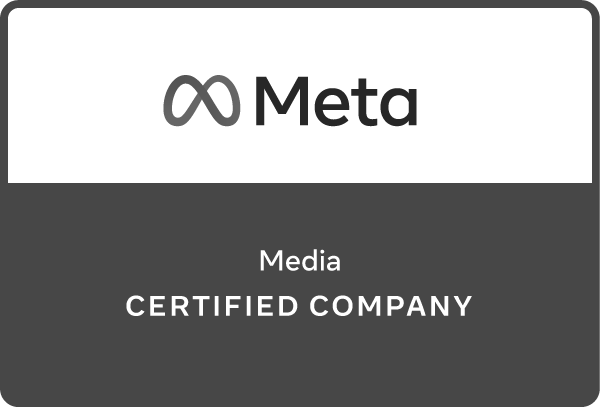
Marketers are drowning in dashboards: Clicks, CPMs, CTRs, impressions, intent scores. You name it; we’re tracking it. But here’s the uncomfortable truth: Most of it isn’t helping you reach the right people in the right way.
That’s because the old playbook was built for platforms, not people. It focused on devices instead of decisions. Algorithms instead of actual consumers. It’s time for a reset.
Rather than trying to outsmart the algorithm, leading brands are rethinking what audience data-driven marketing should actually mean. They’re asking: Who are we trying to reach? What are they passionate about? And how do we show up in the moments that matter to them?
The shift from device-level targeting to decision-based strategy is where real marketing impact begins. Here are four ways to put that into practice:
1. Think people, not pixels: A smarter data–driven marketing approach
You can’t build trust with a browser history. The brands making the biggest impact in 2025 are shifting from chasing devices to understanding households. Why? Because passions, purchases and even media habits are shaped more by where someone lives than what they click on.
A household tells you not just where someone lives, but how they live. Do they subscribe to gardening magazines? Are they buying baby gear or booking ski trips? These aren’t isolated signals — they’re rich, real-world inputs.
When you build your data-based marketing strategy around household insights, you get closer to authentic intent and unlock better results across every channel.
2. Passions > personas: Use passion data to fuel data-based marketing
Demographics are easy. Passion data is powerful. Instead of guessing behaviors based on age or income, look at what people actually do with their time and money. Do they spend their weekends at the climbing gym? Buy every new kitchen gadget? Obsess over fantasy football?
This is where real audience segmentation begins: not with static personas, but with the emotional drivers that shape decisions. Rise, a Quad agency, uses passion data to build high-performing audience profiles that fuel better creative, smarter targeting and stronger loyalty. Because passionate consumers don’t just convert — they advocate.
3. Zoom in, then zoom out: Leverage first-party data for hyperlocal impact
The household is just the start. When you leverage first-party data and layer in neighborhood-level insight, including how people shop, where they commute and what’s on their local store shelves, you begin to unlock hyperlocal marketing that drives results.
Think of it like this: a personalized direct mail offer, backed by digital ads in the feed and reinforced by in-store screens that deliver local-only promotions. That’s omnichannel with context. That’s data-driven marketing built around where and how people live, not just where they scroll.
4. Start demanding more from your data
Accuracy. Transparency. Real reach. Rise taps into Quad’s data stack covering 92% of U.S. households and 97% of adults. It’s grounded in verified, household-level data and built for action, not just analysis.
This is audience data-driven marketing that doesn’t rely on guesswork or stitched-together signals. It’s clean, connected and proven to help brands make media more accountable, measurable and effective.
The data dilemma isn’t ending any time soon, but you can get off the chaos coaster if the ride isn’t serving your audience. The new guide from Rise, “Rethinking audience strategy: A guide for brands,” explores seven practical shifts that will help you build a smarter, more human, data-driven marketing approach. Download the full guide now.








